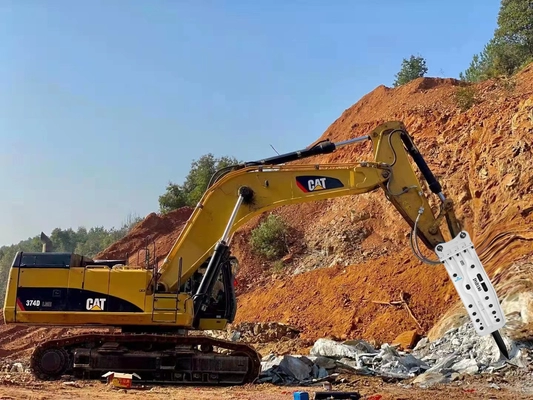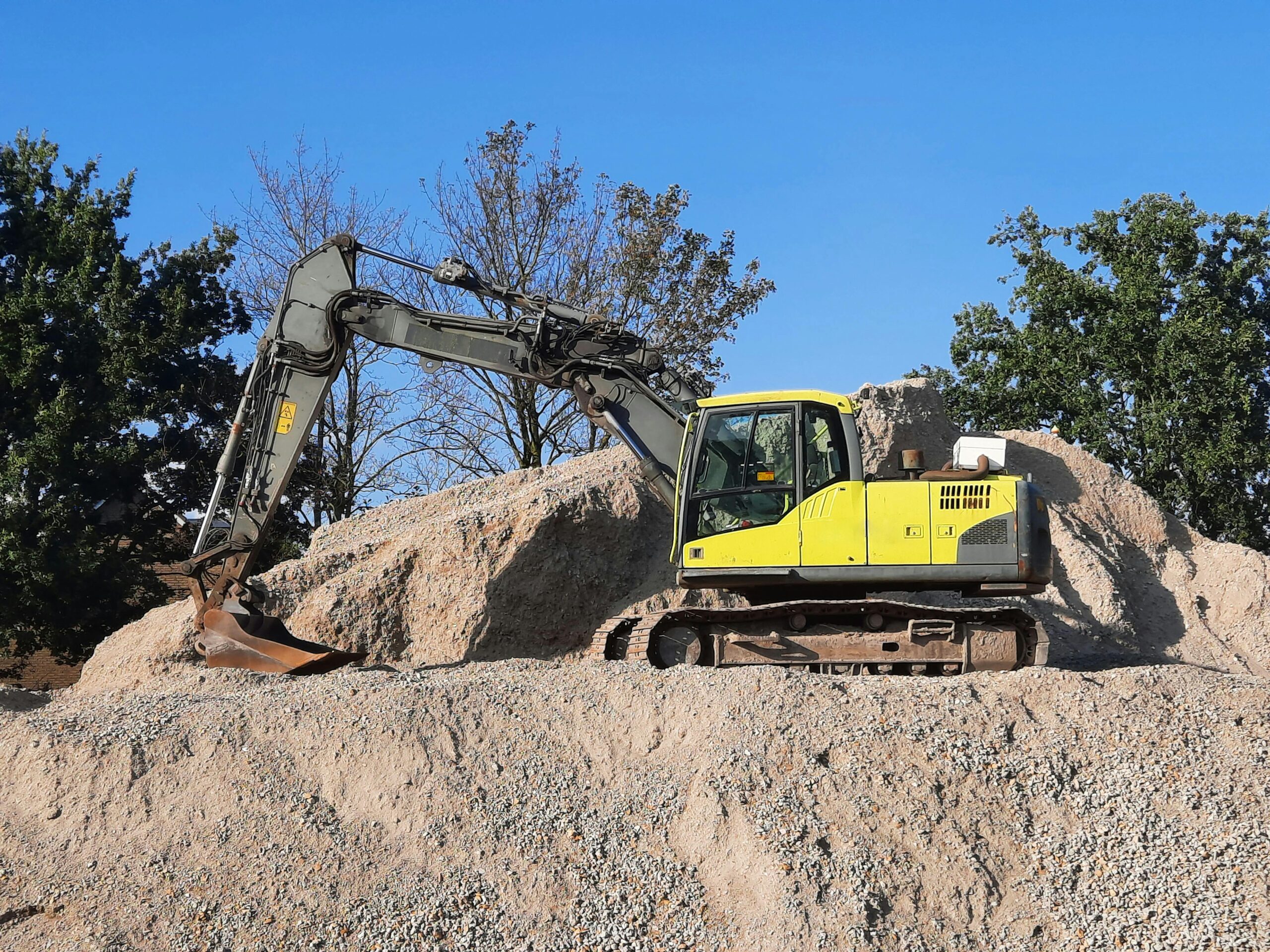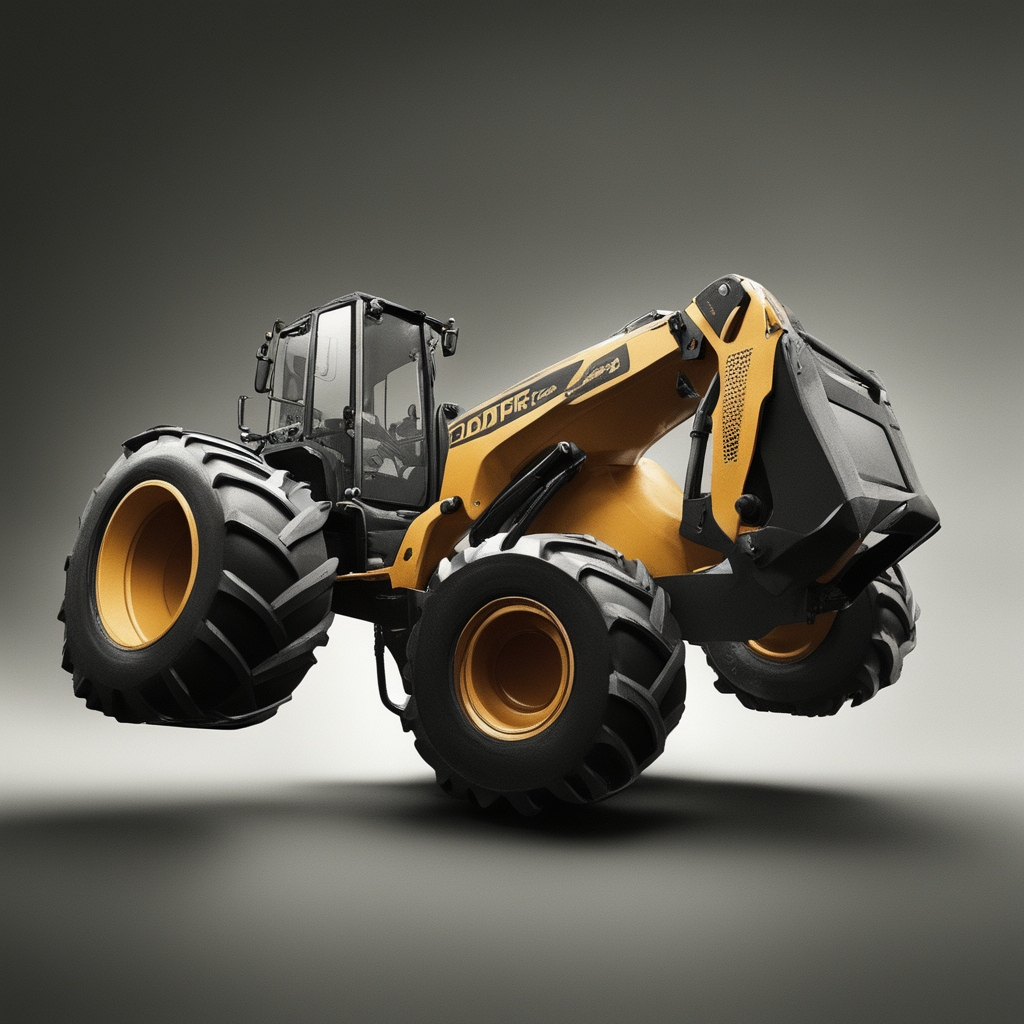Engines need cylinder heads, which are important parts that work in the background to make sure the engines have the most power and performance. They are very important, but sometimes they don’t get as much attention as the car’s flashier parts. Still, people who like or work with cars need to know how difficult cylinder heads are. Look at this manual for learn about chamber heads, for example, what they do and how to keep them with everything looking great so your engine runs smoothly.
Types of Cylinder Heads
1. Cast Iron Cylinder Heads:
One type is cast iron cylinder heads. These are used a lot in the car business because they are strong and can handle high temperatures. Strong buildings like these are great for tough jobs because they always work, even when things go wrong.
2. Aluminum Cylinder Heads:
Steel cylinder heads are heavier than aluminum ones but last just as long. Aluminum metals allow heat to spread more easily, helping engines work better and use less energy. The engine also uses less fuel when metal cylinder heads are used because they are lighter.
3. Overhead Valve (OHV) Cylinder Heads:
Some engines have valves that are above the combustion chamber. These are called pushrod engines and have cylinder heads with overhead valves (OHV). Even though they look old-fashioned, they are very useful because they are small and easy to use. Because OHV engines are so good at making low-end power, they work well in heavy-duty cars and when going off-road.
4. Overhead Camshaft (OHC) Cylinder Heads:
In Overhead Camshaft (OHC) cylinder heads, the camshaft is built right into the head of the cylinder. This lets you handle the valves directly. At any RPM level, this setup lets you control the valve exactly, which makes the engine work better. Many new engines are OHC types because they use less fuel and make more power.
Functions of Cylinder Heads
1. Combustion Chamber:
The combustion chamber is a key part of every cylinder head. To make energy, it mixes fuel and air. To get the best heating effectiveness and reduce pollution, the combustion chamber’s structure and plan are very important.
2. Valve Control:
Each cylinder head has valves that control the flow of gas and air. You need to learn how the valves work and how to time them better to get the most speed and gas economy from your engine. You need to be careful not to mess up the fit of the valves or break the engine when you change the valve space.
3. Heat Dissipation:
It’s important to get rid of heat the right way so the engine doesn’t catch fire or break. The cool tubes and fins built into cylinder heads spread the heat that is made when the fuel burns evenly. Checking the cooling systems and water levels on a daily basis is important to keep the engine at the right temperature.
4. Seal Integrity:
The cylinder heads are very important for making sure the seal between the engine block and the cylinder head gasket is tight. This stops any water and burning gas leaks that you don’t want. If the strength of a seal breaks, it could lead to less compression, too much heat, and, finally, an engine problem. You need to use good seals and apply the pressure in the right order to get a good seal.
Maintenance Tips for Cylinder Heads
1. Routine Inspections:
The cylinder head must be checked often so that any leaks, cracks, or rust can be found immediately. Any issues must be fixed right away to prevent more harm from occurring.
2. Proper Cooling System Maintenance:
You need to take good care of the cooling system so that it doesn’t burn or damage the cylinder heads. Changing the coolant often and as needed is important to keep rust from forming and keep heat moving efficiently.
3. Valve Clearance Adjustment:
The valve clearance needs to be checked and fixed regularly to ensure the valves fit right and the engine runs at its best. Please read the manufacturer’s notes to find out the suggested distances and how to make changes.
4. Cylinder Head Resurfacing:
The cylinder head may need to be polished if its surface is damaged or twisted in any other way. This is to ensure that it closes properly. Our skilled machining services ensure that the surface of the cylinder head is cut properly to meet the needs.
5. Use of Quality Parts and Components:
Use high-quality replacement parts and components. When fixing or keeping cylinder heads, it’s always best to use high-quality parts and pieces. Engines with broken parts may not work as well or as consistently, and they may cost a lot to fix in the future.
Cylinder Head Repair
1. Check the Cylinder Head:
Before you try to fix anything, take a close look at the cylinder head to see how bad the damage is. Your eyes and non-destructive testing methods, like magnaflux checking and pressure testing, can find any kind of damage, like cracks or bends.
2. Valve Replacement:
Sometimes worn-out or broken valves can make the engine work less well, so it’s important to change them. You have to take off the cylinder head and remove the valve train in order to change the valves. After that, you need to put the new valves in. To make sure the valves fit well, the spots where they rest might need to be cut.
3. Valve Guide Repair:
Valve guides may wear down over time, which can make the valve room bigger and oil use go up. Either ream or buy new valve guides to fix broken ones and make sure the valves are stable and in the right place.
4. Cylinder Head Resurfacing:
If the sides of the cylinder head are rough or uneven, they could damage the seal and let gas or water leak out. You need to use high-tech cutting tools to raise and smooth the area where the two parts meet in order to fix the cylinder head. The cylinder head and engine block are held together strongly by this process.
5. Crack Repair:
The cylinder head can crack for several reasons, such as too much heat, water leaks, or mechanical stress. There might be more than one way to fix the break, based on where it is and how bad it is. You can join things with glue, bond them, or fix them. Modern ways of welding, such as TIG (tungsten inert gas) welding, keep the structures of the materials strong so they don’t break.
Conclusion:
To summarize, perceiving how complicated cylinder heads are assists you with understanding that they are mean quite a bit to the performance and life of a motor. It can be very helpful for both fans and experts to learn about the different kinds of cylinder heads, what they’re used for, and how to check and fix them. CT Parts knows that cylinder heads are a big part of keeping cars running well and consistently. We promise our customers that engines with CT Parts cylinder heads will run at their best for long. We do this by delivering high-quality parts, giving expert advice, and always striving for greatness. Focusing on each cylinder head is a great way to show that you have the most technical knowledge and skill.




